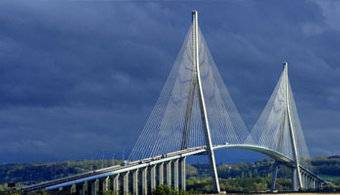
Monitoring flood conditions of the River Dyfi supports safe operation of the railway during extreme weather events
- System supports Network Rail Extreme Weather Plan
- Local Flood Alerts integrated into system
- River level sensors
- Bridge displacement sensors
- Trackside cameras using visible light and infra-red
- Custom dashboard for data display
The Shrewsbury to Aberystwyth line suffers regular disruption due to flooding of the River Dyfi near Machynlleth during extreme weather. Water levels rise rapidly, reaching the bridge soffit and higher. There is concern that the water pressure could displace the bridge, causing track alignment issues.
Under extreme conditions, it is unsafe to continue to run trains. In the past, there have been issues with trains becoming stranded in Aberystwyth, since there is no return to Shrewsbury other than through Machynlleth. This has caused huge disruption across the route as rolling stock could not be used in other areas.

Solution
Network Rail require systems to help them continue operation of their infrastructure during extreme weather with minimal disruption. These systems must be accessible to a range of users including asset managers, engineers, route control and signallers.
JF Strainstall installed systems to monitor conditions, including integration of local flood alerts from the Environment Agency and Natural Resources Wales. River levels are monitored closely and trackside cameras provide images of current status.
- River levels monitored, providing status with traffic light warning system (Red-Amber-Green)
- Analysis of rates of change drives warning system, informing
- Network Rail when rivers are likely to overtop
- Automated alerts transmitted by email and SMS
- Trackside cameras used by persons with BSN competency to authorise train at 20mph movements during and after flood conditions

Outcome
The addition of Natural Resources Wales flood alerts provides an additional early warning system, as they are often transmitted before any rise in water levels can be detected. When flood conditions are forecast, the monitoring equipment reacts by increasing frequency of measurement and data transmittal. This improves the ability to predict flood times and obtain a live status (every 5 minutes).
These systems form part of Network Rail’s Extreme Weather Plan. Their use is stipulated in protocol for route control to allow safe and effective operation during difficult conditions.
- Trains can continue to operate under temporary speed restrictions, even in flood conditions.
- Following flooding, sections of line can be re-opened at 20mph if outputs of the monitoring equipment show no displacement of the deck.
- Operation is enhanced as it is no longer necessary to wait for
- Civil Examination
- Debris is detected with cameras, reducing need for inspections following floods

Kevin Giles, Senior Asset Engineer, Network Rail Wales StructuresThe equipment has supported both the safety and operational decision making process, in terms of reducing the dependence on staff to venture out on site to check the bridge during extreme weather events and it enables Wales Route Control to provide sufficient notice to Transport for Wales to manage their operations including the suspension or termination of services before the bridge is closed due to flooding.
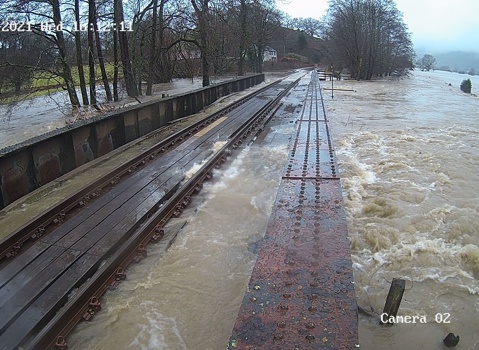
JF Strainstall's flood monitoring systems are key to the safe and efficient operation of the railway in times of extreme weather. Their value has been proven in reduction of delays, associated compensation to train operators and by improving passengers’ experience.
 Read article
Read article
Detection of bridge impact
Read article
Monitoring Railway for Washout
Read article
Monitoring railway bridge for flood warning
Read article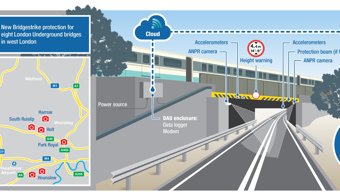
Bridgestrike installed two key bridges London underground
Read article
Channel tunnel investigation undertaken by James Fisher Strainstall
Read article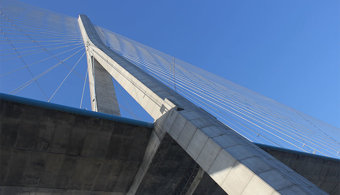
JF Strainstall delivers structural health monitoring project three Normandy bridges
Read article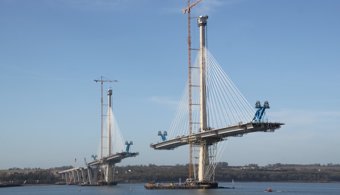
JF Strainstall commissions structural health monitoring solution Queensferry crossing
Read article



